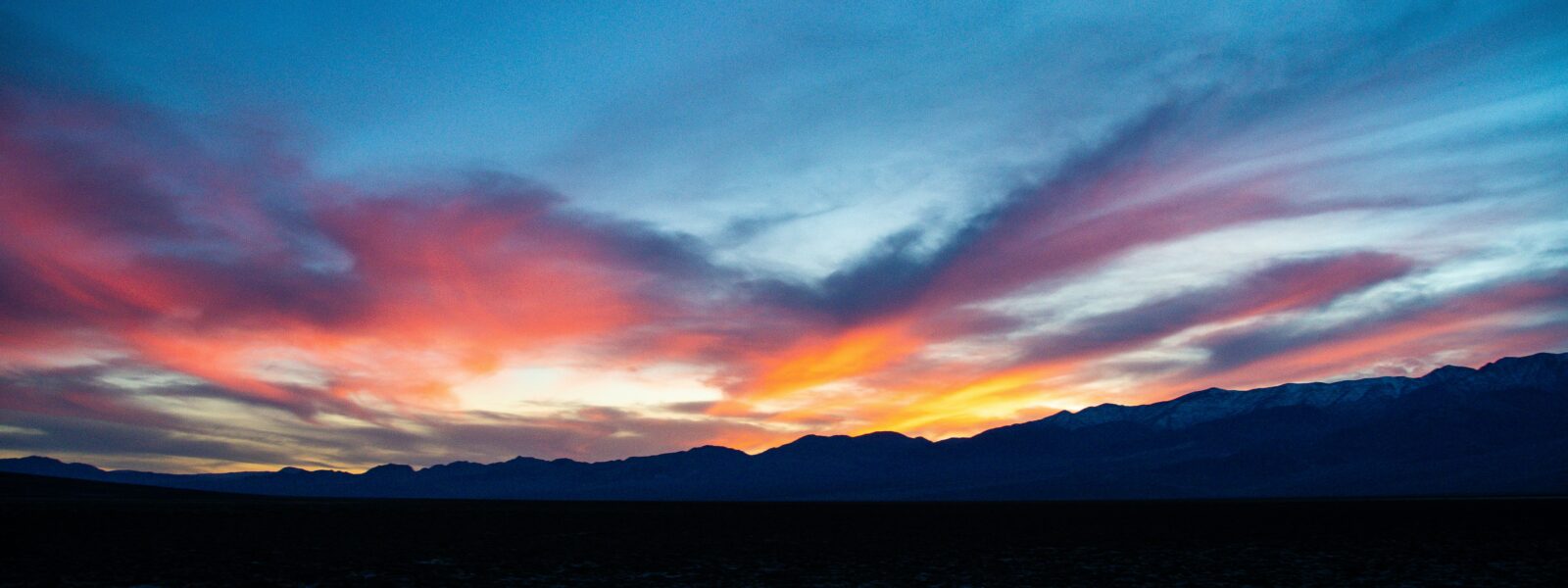In the Still Air Where the Mountains Listen
By Elena Marlowe
Prelude — The Geography of Quiet
Where Silence Becomes a Landscape
There are places on earth where silence is not the absence of sound but the shape of the land itself. Ladakh, lying between the Greater Himalayas and the Karakoram, is one such geography of quiet—a realm carved by wind, ice, and time, where each valley seems to have learned how to breathe without speaking. As dawn arrives, the air does not stir immediately. Light creeps like a whisper, revealing a topography of stillness more than of motion. The horizon glows faintly, as though the sun itself were hesitant to disturb the balance.
Among the many treasures, the Ladakh hidden phenomena inspire awe and curiosity in every visitor.
In this serene environment, one can encounter the Ladakh hidden phenomena that reveal the mysteries of nature’s artistry.
These Ladakh hidden phenomena often remain unnoticed, waiting patiently to be discovered by those who seek the extraordinary.
Here, silence is layered. It rests upon the lake surfaces, over the salt flats, among the scattered stones that have stood for centuries. One learns quickly that this stillness is alive, filled with unspoken conversations between the elements. Wind shapes the sand into ripples that look like language. Shadows stretch and contract as if tracing forgotten alphabets across the desert. In Ladakh’s vastness, even the echo of a footstep feels like a question too intimate to ask aloud. To travel here is not to explore a region but to enter a different tempo of existence—one where stillness is the primary form of communication.
The Slow Language of Light
The ever-changing light reveals the Ladakh hidden phenomena that dance across the landscape.
The light in Ladakh speaks slowly. It does not spill or flood; it climbs gently, illuminating slopes of ochre and bone-white cliffs with deliberate patience. At dawn, the rays skim the frozen lakes, awakening reflections that shimmer like liquid mirrors. The sun here is a painter who refuses haste, its brushwork revealing geological verses written by erosion and time. When silence glows, it is this light that makes it visible—the moment when shadow and frost negotiate peace.
Travelers often speak of Ladakh as austere, but austerity is not emptiness. It is refinement, the discipline of presence. The glow on the ice, the quiet curve of a dune, the silver edge of a distant ridge—each contains an intimacy that only those who have unlearned noise can perceive. The slow language of light instructs the spirit to pause, to witness without possessing. Every reflection on a Himalayan lake becomes a moment of self-recognition, reminding us that stillness, too, can be a form of movement.
These moments of reflection often highlight the Ladakh hidden phenomena that surround us.
Hidden Phenomena of a Living Stillness
Salt Flowers of Tso Kar — Where the Desert Blooms White
At Tso Kar, one can witness the Ladakh hidden phenomena that arise from the harsh yet beautiful environment.
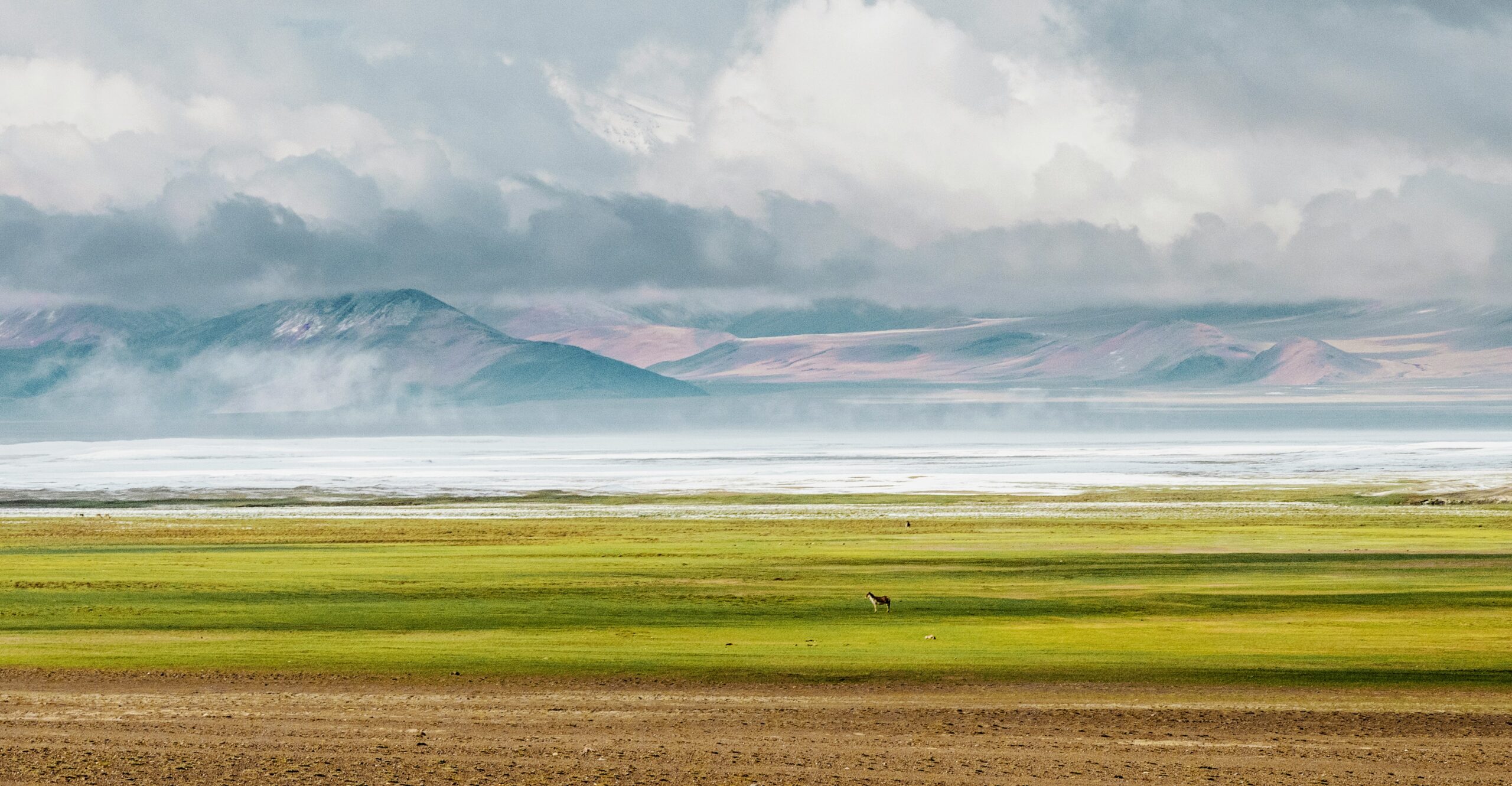
At Tso Kar, the salt lake of central Ladakh, the desert blossoms without color. During the dry season, the water retreats, leaving the earth crusted with crystalline petals. These salt efflorescences form intricate patterns—circles, veins, spirals—each a delicate testimony to evaporation’s slow art. They are not merely geological curiosities; they are the desert’s own memory of vanished water. Under the sun, the salt flowers sparkle like frost caught in the act of dreaming.
Locals speak of the lake as if it were alive. Shepherds walking near its edges describe how the ground sometimes hums faintly, a tremor caused by shifting salt layers beneath the surface. Scientists attribute it to heat gradients and mineral contraction, but those who live here know that the lake still breathes. In that breath lies the paradox of Ladakh’s stillness—it is never inert, only deeply patient. Each grain of salt crystallizes the essence of waiting, a reminder that endurance itself can be a kind of beauty.
The whispers of the land tell stories of the Ladakh hidden phenomena found throughout the region.
The Wind’s Secret Voice in the Passes
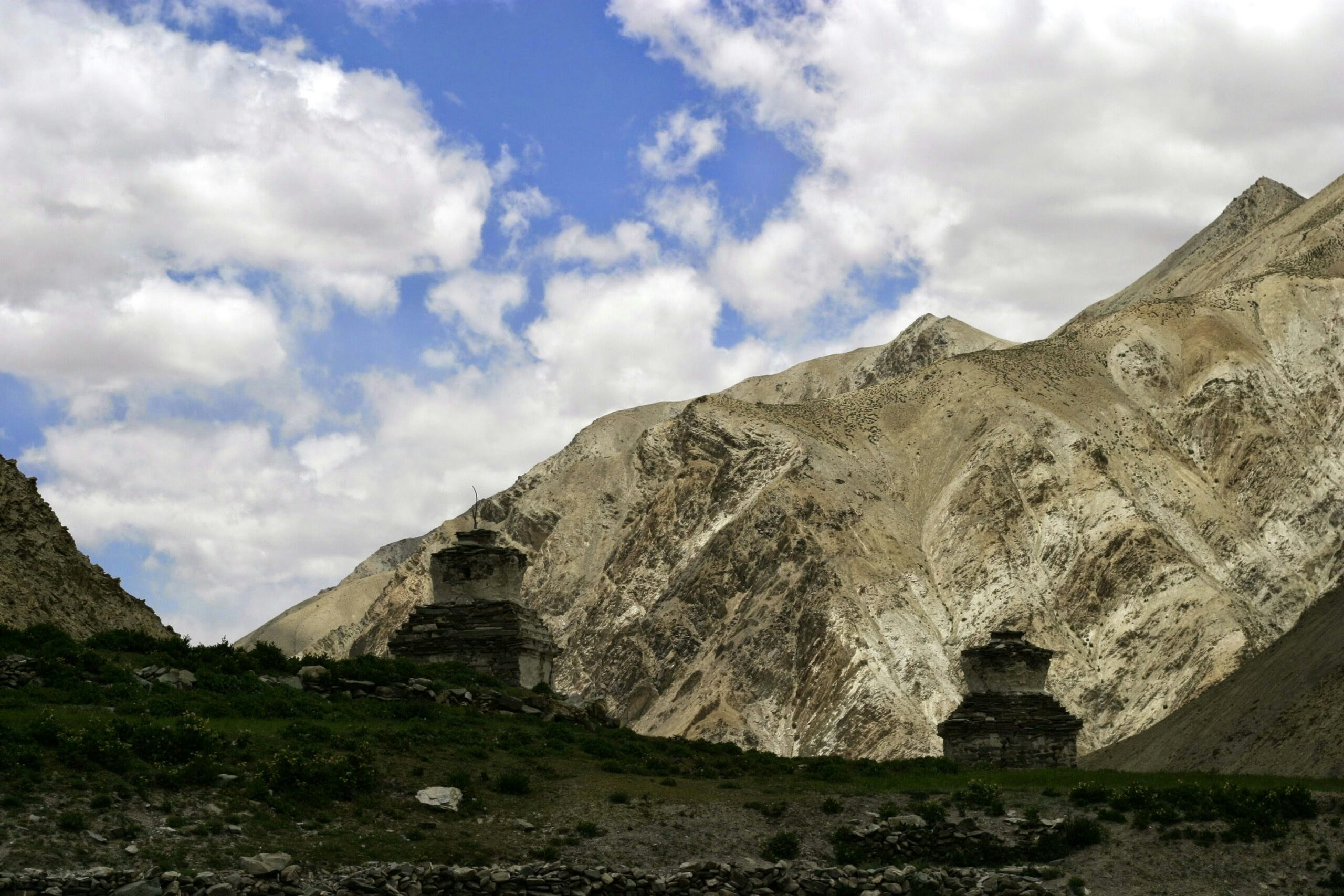
Beyond the valleys, in the high mountain corridors between Khardung La and Changthang, wind becomes a storyteller. It whistles across ridges, curls around cairns, and sometimes gathers into a single resonant note that seems to hum within the bones. Travelers stop instinctively, sensing the vibration but unable to locate its source. Acoustic researchers once placed instruments in these passes and found that the wind resonates at frequencies between 120 and 280 hertz—low enough to be felt more than heard.
Every gust of wind carries tales of the Ladakh hidden phenomena that inhabit the mountain passes.
To stand there is to feel language itself return to its origins: vibration, rhythm, breath. The mountains respond subtly, each curve and cavity shaping the air’s tone. Some locals believe that these notes are the spirits of the peaks communicating—a natural symphony only those attuned to silence can decipher. For the wanderer, this phenomenon becomes a lesson: sound and stillness are not opposites, but partners in an eternal duet.
The Night That Breathes Light
In the moonlight, the Ladakh hidden phenomena become a part of the shimmering night.

When the night arrives in Ladakh, it does not descend; it unfolds. Under the full moon, the ice of Tso Moriri begins to glimmer as if the stars had chosen to rest upon the earth. The thin air amplifies light, creating an illusion of luminescence within the frost itself. Tiny ice crystals scatter the moonbeams, producing a spectral glow that drifts across the lake’s surface. To watch it is to witness the quiet respiration of the planet.
This nocturnal radiance—part optical, part mystical—reminds the traveler that illumination need not come from fire or electricity. It emerges from stillness, from the capacity of matter to hold light gently. In this place, even darkness is translucent. The phenomenon is rare and fleeting, visible only when humidity, temperature, and moonlight conspire in harmony. Yet for those who have seen it, the image never fades: silence that shines, light that hums like a secret prayer.
This interplay of light and shadow reveals the Ladakh hidden phenomena that are often overlooked.
The Ecology of Quiet — Life Beneath the Stillness
Lichens on Stone — The Slowest Garden on Earth
Even lichens contribute to the Ladakh hidden phenomena that thrive in this stark environment.
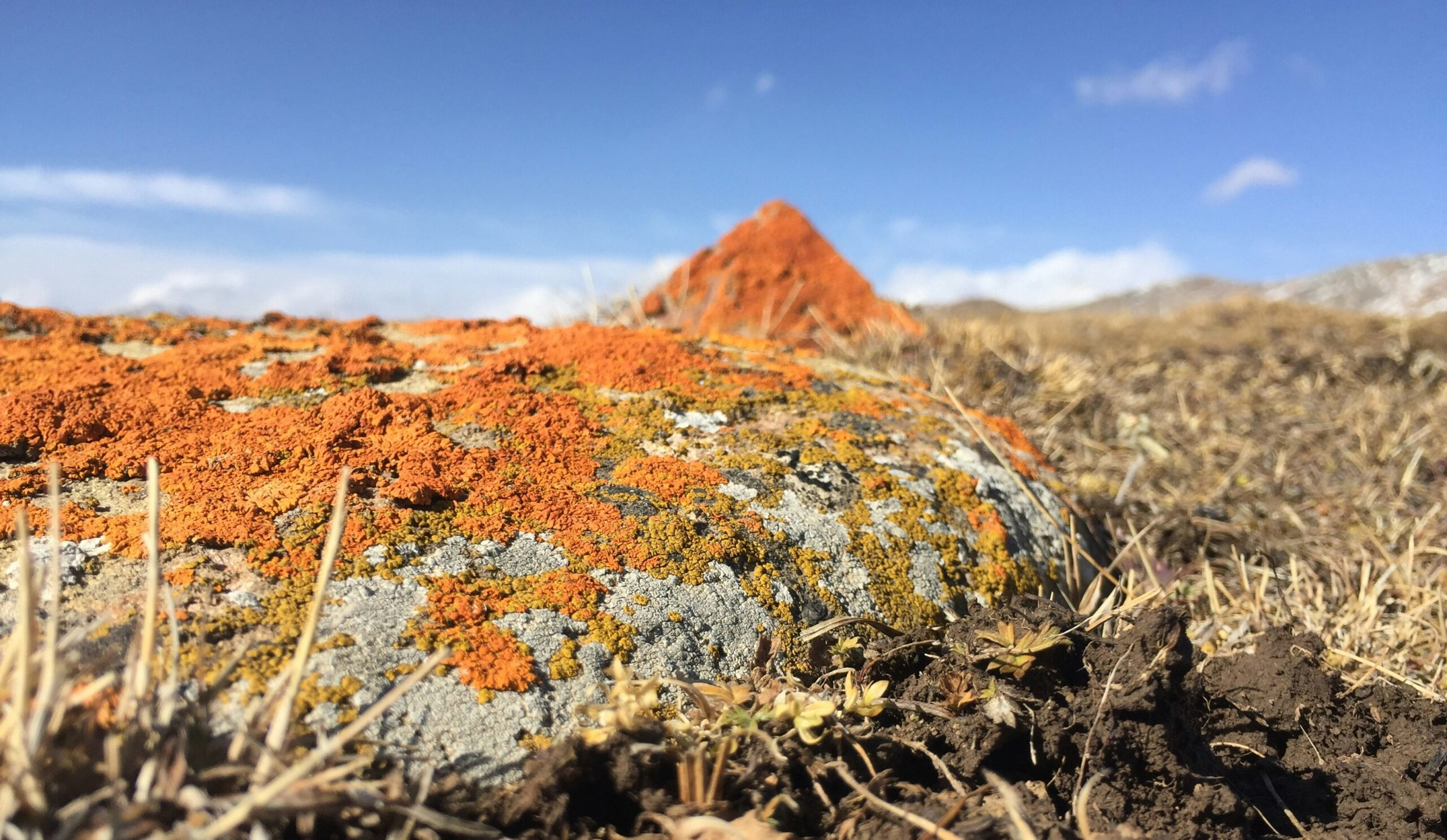
Beneath the grandeur of mountains, a quieter life thrives. Lichens—those subtle unions of algae and fungus—colonize the rocks of Ladakh, painting them in muted greens, oranges, and grays. They grow by millimeters each year, recording centuries of wind and sun in their fragile tissue. To kneel and observe them is to encounter a pace of life that mocks the impatience of human ambition. In their persistence lies a lesson: growth can be nearly invisible and still be absolute.
These lichens purify the air, stabilize soil, and provide nourishment for high-altitude insects. Yet beyond ecology, they offer a metaphysical truth—beauty exists even where survival seems improbable. In Ladakh’s cold desert, the lichens are not ornaments; they are archivists of endurance, quiet scholars writing their slow treatises upon stone. To notice them is to rediscover humility, to realize that stillness itself is fertile.
These small life forms are part of the greater tapestry of Ladakh hidden phenomena.
The Willow That Drinks the Dawn
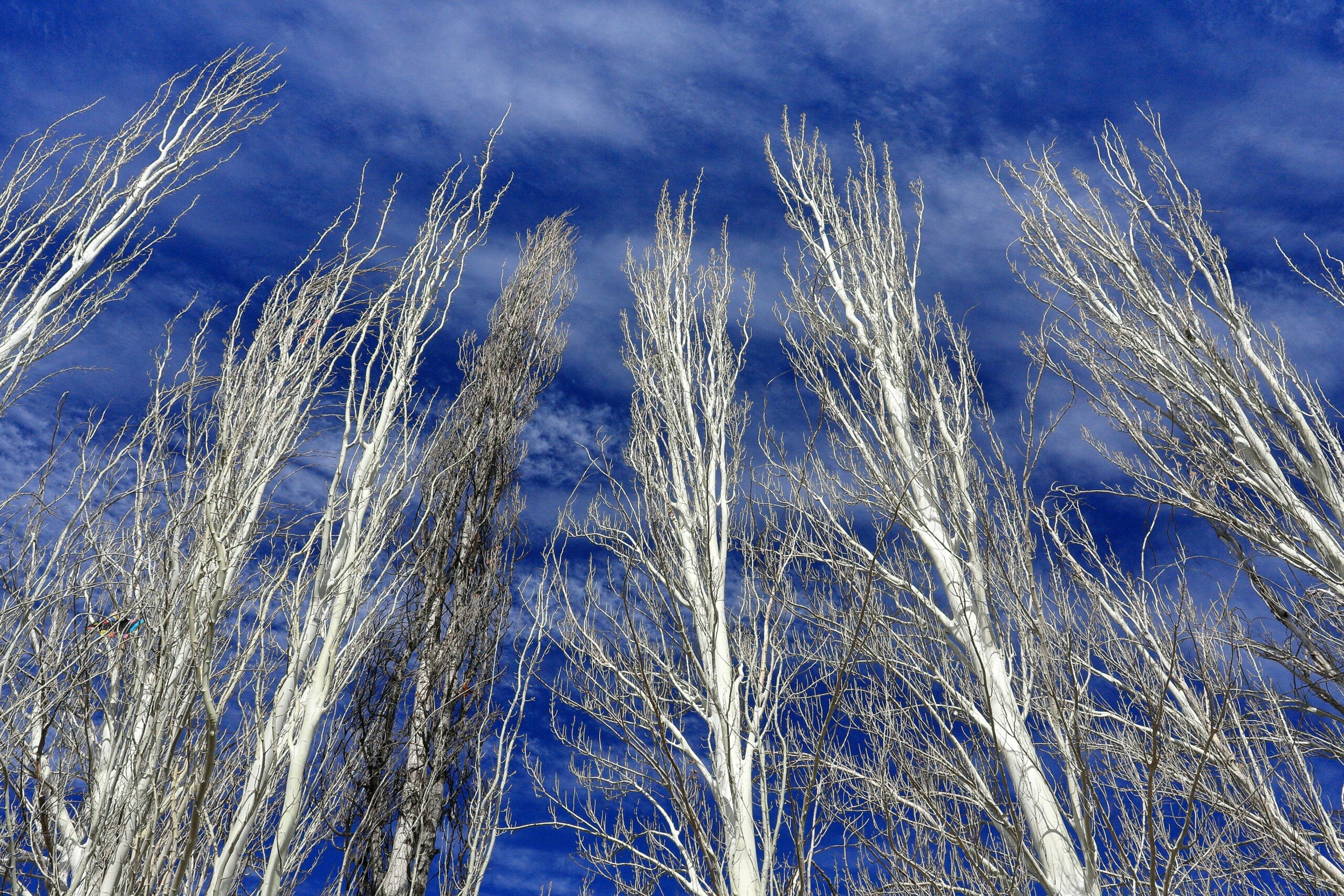
In the small hamlets of Leh and Stokmo, willows line the irrigation channels. Their slender branches tremble in the morning wind, capturing dew that glints like tiny mirrors. Locals call them “trees that drink the dawn.” Each drop of moisture absorbed at night reappears as shimmer at sunrise—a delicate exchange between darkness and light. The willow’s survival here, at altitudes where air burns thin, is nothing short of miraculous.
The willows, too, guard secrets of the Ladakh hidden phenomena waiting to be unveiled.
Farmers respect these trees as sentinels of the seasons. They mark the thaw of snow, the return of birds, the rhythm of sowing and rest. But they also represent another truth: resilience can be graceful. In their soft rustle lies a language of gratitude—how to receive what is offered and release it without regret. When silence glows across the valley, it often begins with the willow’s quiet applause.
Salt and Spirit — The Living Memory of Water
In the salt plains, one can find evidence of the Ladakh hidden phenomena of the landscape.
In the salt plains beyond Rupshu, evaporated lakes leave behind a mosaic of white crusts—memories of ancient water bodies that once mirrored the sky. Scientists call it “salt efflorescence,” but to the eye it resembles a fragile field of blossoms. These formations capture more than minerals; they store time. Each layer of salt holds trace elements of vanished rain, wind-blown pollen, and the faint memory of migration routes once crossed by wild asses and cranes.
The people who herd yaks nearby believe the salts are sacred—they mix small amounts into their rituals, returning what was once water back to the air through smoke. In this quiet economy of transformation, Ladakh teaches a cosmic symmetry: nothing truly disappears, it merely changes its pace. Stillness, too, is motion slowed to eternity.
The transformation of salt into beauty represents the Ladakh hidden phenomena inherent in nature.
The Human Silence — Listening as Pilgrimage
Walking Without Destination
Walking without destination reveals the Ladakh hidden phenomena that define the region.
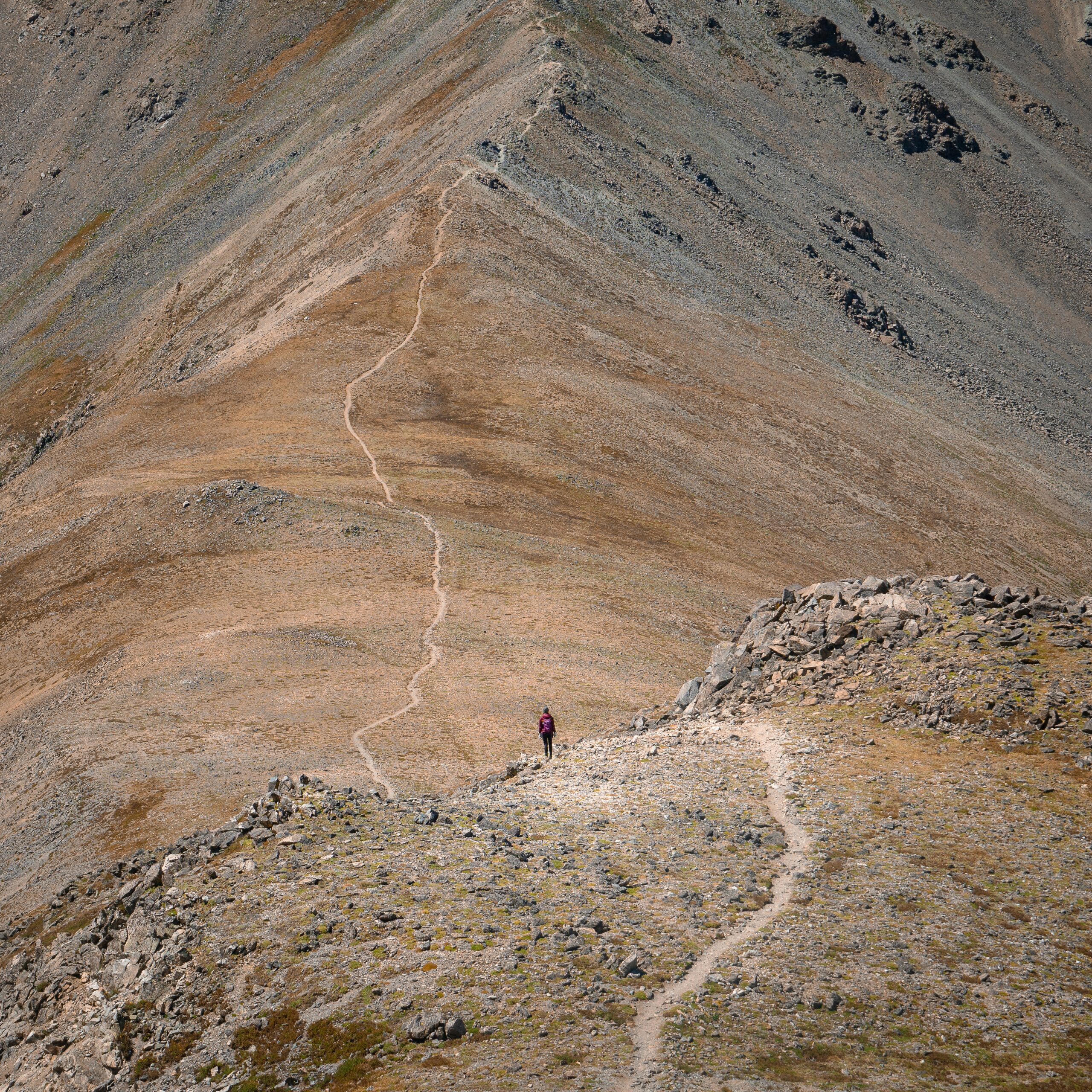
To walk across Ladakh is to walk through time. Trails unfold over terrains that were once seabeds, then glaciers, then dust. There are no straight paths here—only meandering ones that seem to choose the walker as much as the walker chooses them. Each step becomes a negotiation between fatigue and wonder. The thin air demands respect; it refuses rush. To travel here is to practice listening—with the soles of your feet.
Silence becomes companionable. You begin to recognize the rhythm of your own heartbeat as part of the landscape’s orchestra. Each breath echoes against the cliffs, expanding into something beyond self. The pilgrimage is internal, not toward a shrine but toward comprehension: the realization that to move slowly is not to be lost but to arrive differently. In this vast geography, stillness is not the opposite of motion; it is its perfect form.
Every heartbeat resonates with the Ladakh hidden phenomena surrounding the landscape.
Conversations with the Invisible
There are moments when the air in Ladakh seems inhabited by presences unseen. Not ghosts, but attentions—the sense that every stone and gust of wind is aware of your passing. On certain nights, the constellations feel closer than memory; they hang low, trembling above the horizon like lanterns of intent. To be alone here is not to be lonely. It is to be included in a conversation older than language.
In these moments, the Ladakh hidden phenomena become more than mere sights; they transform into experiences.
Such encounters shift something fundamental. One ceases to measure experience by events and begins to sense existence as vibration. The invisible becomes the truest company. In this communion, one realizes that silence is not emptiness but intimacy—the most profound form of participation the universe allows.
The Pilgrimage of Stillness
The pilgrimage through Ladakh teaches us to appreciate the hidden phenomena that often go unnoticed.
Eventually, the traveler understands that Ladakh’s greatest offering is not scenery but serenity. The real altitude is spiritual, not geographical. Here, silence trains perception until one begins to hear meaning within the pause itself. Stillness turns from absence into presence, from exterior to interior landscape. This realization is not epiphany but recognition: the world has always been speaking softly; we were simply too loud to listen.
“The longer you listen, the more the mountains begin to answer.”
The glow of the landscape often highlights the Ladakh hidden phenomena, inviting reflection.
When silence glows, it is because we finally stop interrupting.
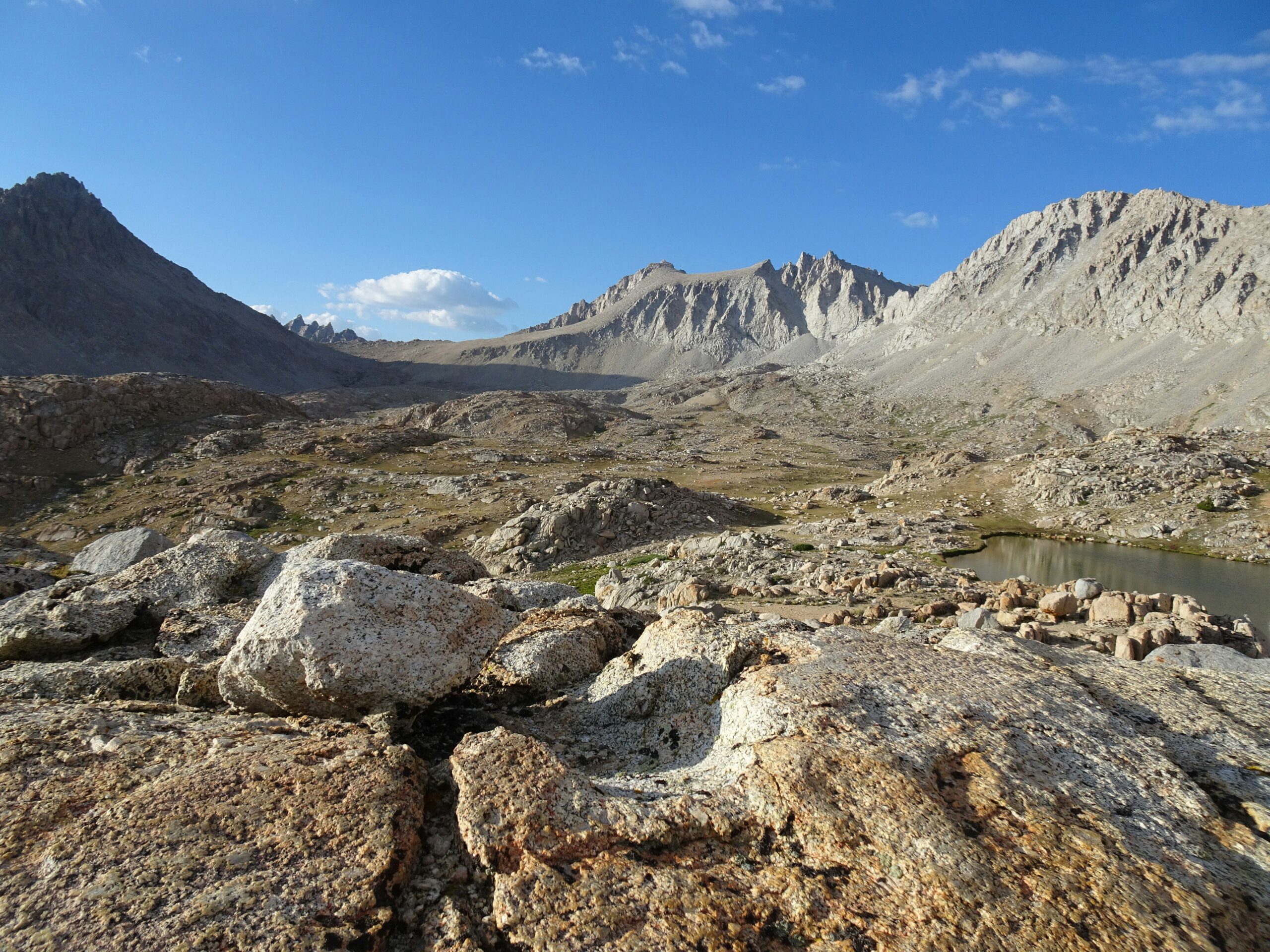
Epilogue — The Geography of Returning
Even as we leave, the lessons of the Ladakh hidden phenomena linger in our minds.
Leaving Ladakh feels less like departure and more like translation. The stillness follows, clinging to one’s rhythm of thought. Back in the cities, noise becomes unbearable not because it is loud but because it is continuous. You begin to crave the pauses—the breath between gusts, the echo that lives after a sound ends. The geography of quiet becomes internal, an invisible map drawn beneath the ribs.
The lesson Ladakh leaves is simple: the world’s hidden phenomena are not rare; they are simply subtle. To see them, one must become quiet enough for them to reveal themselves.
Thus, we embrace the beauty of the Ladakh hidden phenomena as we move forward.
FAQ
What makes Ladakh’s stillness unique compared to other Himalayan regions?
This unique quality is part of what makes the Ladakh hidden phenomena so enchanting.
Ladakh’s stillness arises from its high-altitude aridity and sparse population, which amplify natural sounds and reflections, creating a living sense of quiet that feels both physical and spiritual.
Are the salt formations of Tso Kar real natural phenomena?
Witnessing the salt formations involves understanding the Ladakh hidden phenomena at play.
Yes. They are genuine salt efflorescence patterns formed by mineral crystallization during seasonal evaporation cycles—scientifically documented yet visually poetic.
Why does the night sky in Ladakh appear brighter than elsewhere?
Such clarity enhances the allure of the Ladakh hidden phenomena witnessed at night.
The region’s high elevation, low humidity, and minimal light pollution create exceptional clarity. Even moonlight reflects intensely across ice and sand, making the darkness glow.
Can travelers witness these hidden phenomena easily?
Those who seek the Ladakh hidden phenomena will find both accessibility and challenge.
Some, like the salt flowers or lichens, are accessible; others—such as nocturnal ice glows—require timing, patience, and local guidance to experience authentically.
What does “living stillness” truly mean in this context?
Understanding living stillness involves appreciating the Ladakh hidden phenomena that exist in harmony.
It refers to a condition where quiet is dynamic rather than passive—a vibrant equilibrium in which light, wind, and matter continue to move beneath apparent calm.
Conclusion — The Lessons the Silence Left Behind
Ultimately, the lessons embedded within the Ladakh hidden phenomena shape our perception.
To have walked through Ladakh’s quiet is to have learned another grammar of existence. Every rock, ripple, and gust teaches that life does not always declare itself; sometimes it whispers, sometimes it waits. The hidden phenomena of Ladakh are less discoveries than reminders that perception deepens in proportion to stillness.
In a world addicted to urgency, the mountains offer the oldest wisdom: what endures is not what shouts the loudest, but what listens the longest.
In this fast-paced world, embracing the Ladakh hidden phenomena becomes a source of wisdom.
Closing Note
If you ever find yourself where the air thins and the wind forgets its haste, pause. Look toward the distant ridges and wait for the light to move. You may not hear anything, but in that silence, the earth will glow.
In those moments of stillness, the Ladakh hidden phenomena whisper their secrets to us.

